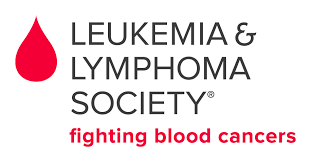Hodgkin Lymphoma (HL) is a cancer of the blood and bone marrow that affects the lymphatic system. It is one of the most curable forms of cancer.
How Does HL Develop?
HL develops from a white blood cell (called a lymphocyte) that undergoes an abnormal change and becomes a lymphoma cell. These lymphoma cells grow and form into masses, usually inside the lymph nodes which are located throughout our bodies in the lymphatic system. Lymphoma cells can also accumulate in other parts of the body where lymphoid tissue is found. HL is different from other types of lymphoma due to the presence of Reed-Sternberg cells. Other cells called Hodgkin cells are also present. If HL is left untreated, the cancerous cells will overpower and crowd out the normal cells, so that the immune system can’t guard against infection effectively.
Signs and Symptoms
The most common early sign of HL is painless enlargement of one or more lymph nodes in the neck, armpit, or groin. Most people with HL have swollen lymph nodes in the upper body area, namely in the neck or upper chest. Sometimes you can feel the swollen lymph nodes in the armpit or groin.
Other signs and symptoms of HL may include:
- Fever without an obvious cause
- Persistent cough
- Shortness of breath during normal activity
- Night sweats
- Tiredness or no energy
- Unexplained weight loss
- Itchy skin
- Lymph node pain after consuming alcohol
- An enlarged spleen
The signs and symptoms of HL can be common to other, less serious illnesses too. If you feel that you may be affected by HL, talk to your doctor.
To learn more, visit www.lls.org.
 Content provided by:
Content provided by: